US Airways 2004 Annual Report Download - page 10
Download and view the complete annual report
Please find page 10 of the 2004 US Airways annual report below. You can navigate through the pages in the report by either clicking on the pages listed below, or by using the keyword search tool below to find specific information within the annual report.-
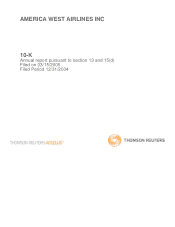 1
1 -
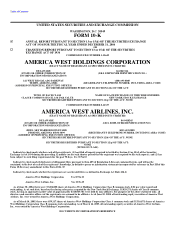 2
2 -
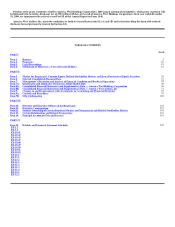 3
3 -
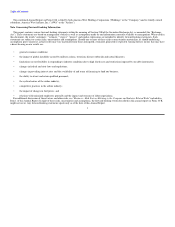 4
4 -
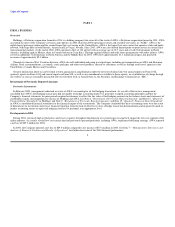 5
5 -
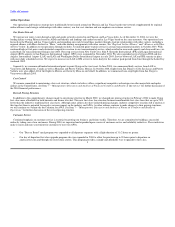 6
6 -
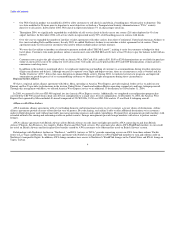 7
7 -
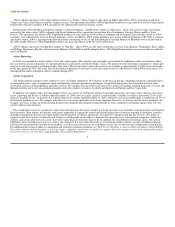 8
8 -
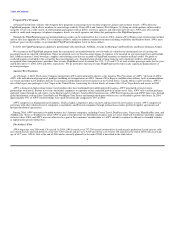 9
9 -
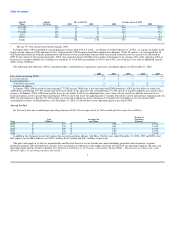 10
10 -
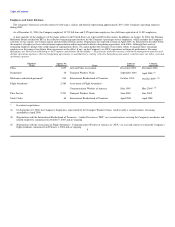 11
11 -
 12
12 -
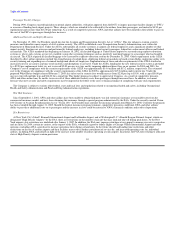 13
13 -
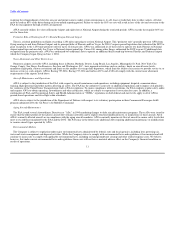 14
14 -
 15
15 -
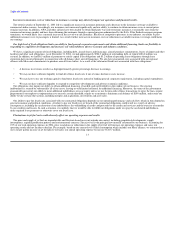 16
16 -
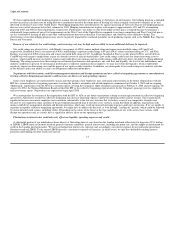 17
17 -
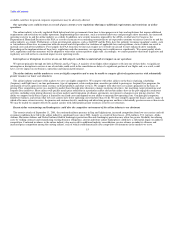 18
18 -
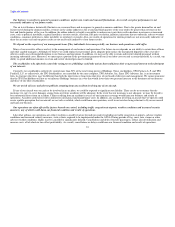 19
19 -
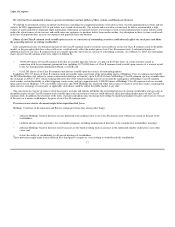 20
20 -
 21
21 -
 22
22 -
 23
23 -
 24
24 -
 25
25 -
 26
26 -
 27
27 -
 28
28 -
 29
29 -
 30
30 -
 31
31 -
 32
32 -
 33
33 -
 34
34 -
 35
35 -
 36
36 -
 37
37 -
 38
38 -
 39
39 -
 40
40 -
 41
41 -
 42
42 -
 43
43 -
 44
44 -
 45
45 -
 46
46 -
 47
47 -
 48
48 -
 49
49 -
 50
50 -
 51
51 -
 52
52 -
 53
53 -
 54
54 -
 55
55 -
 56
56 -
 57
57 -
 58
58 -
 59
59 -
 60
60 -
 61
61 -
 62
62 -
 63
63 -
 64
64 -
 65
65 -
 66
66 -
 67
67 -
 68
68 -
 69
69 -
 70
70 -
 71
71 -
 72
72 -
 73
73 -
 74
74 -
 75
75 -
 76
76 -
 77
77 -
 78
78 -
 79
79 -
 80
80 -
 81
81 -
 82
82 -
 83
83 -
 84
84 -
 85
85 -
 86
86 -
 87
87 -
 88
88 -
 89
89 -
 90
90 -
 91
91 -
 92
92 -
 93
93 -
 94
94 -
 95
95 -
 96
96 -
 97
97 -
 98
98 -
 99
99 -
 100
100 -
 101
101 -
 102
102 -
 103
103 -
 104
104 -
 105
105 -
 106
106 -
 107
107 -
 108
108 -
 109
109 -
 110
110 -
 111
111 -
 112
112 -
 113
113 -
 114
114 -
 115
115 -
 116
116 -
 117
117 -
 118
118 -
 119
119 -
 120
120 -
 121
121 -
 122
122 -
 123
123 -
 124
124 -
 125
125 -
 126
126 -
 127
127 -
 128
128 -
 129
129 -
 130
130 -
 131
131 -
 132
132 -
 133
133 -
 134
134 -
 135
135 -
 136
136 -
 137
137 -
 138
138 -
 139
139 -
 140
140 -
 141
141 -
 142
142 -
 143
143 -
 144
144 -
 145
145 -
 146
146 -
 147
147 -
 148
148 -
 149
149 -
 150
150 -
 151
151 -
 152
152 -
 153
153 -
 154
154 -
 155
155 -
 156
156 -
 157
157 -
 158
158 -
 159
159 -
 160
160 -
 161
161 -
 162
162 -
 163
163 -
 164
164 -
 165
165 -
 166
166 -
 167
167 -
 168
168 -
 169
169 -
 170
170 -
 171
171 -
 172
172 -
 173
173 -
 174
174 -
 175
175 -
 176
176 -
 177
177 -
 178
178 -
 179
179 -
 180
180 -
 181
181 -
 182
182 -
 183
183 -
 184
184 -
 185
185 -
 186
186 -
 187
187 -
 188
188 -
 189
189 -
 190
190 -
 191
191 -
 192
192 -
 193
193 -
 194
194 -
 195
195 -
 196
196 -
 197
197 -
 198
198 -
 199
199 -
 200
200 -
 201
201 -
 202
202 -
 203
203 -
 204
204 -
 205
205 -
 206
206 -
 207
207 -
 208
208 -
 209
209 -
 210
210 -
 211
211 -
 212
212 -
 213
213 -
 214
214 -
 215
215 -
 216
216 -
 217
217 -
 218
218 -
 219
219 -
 220
220 -
 221
221 -
 222
222 -
 223
223 -
 224
224 -
 225
225 -
 226
226 -
 227
227 -
 228
228 -
 229
229 -
 230
230 -
 231
231 -
 232
232 -
 233
233 -
 234
234 -
 235
235 -
 236
236 -
 237
237 -
 238
238 -
 239
239 -
 240
240 -
 241
241 -
 242
242 -
 243
243 -
 244
244 -
 245
245 -
 246
246 -
 247
247 -
 248
248 -
 249
249 -
 250
250 -
 251
251 -
 252
252 -
 253
253 -
 254
254 -
 255
255 -
 256
256 -
 257
257 -
 258
258 -
 259
259 -
 260
260 -
 261
261 -
 262
262 -
 263
263 -
 264
264 -
 265
265 -
 266
266 -
 267
267 -
 268
268 -
 269
269 -
 270
270 -
 271
271 -
 272
272 -
 273
273 -
 274
274 -
 275
275 -
 276
276 -
 277
277 -
 278
278 -
 279
279 -
 280
280 -
 281
281 -
 282
282 -
 283
283 -
 284
284 -
 285
285 -
 286
286 -
 287
287 -
 288
288 -
 289
289 -
 290
290 -
 291
291 -
 292
292 -
 293
293 -
 294
294 -
 295
295 -
 296
296 -
 297
297 -
 298
298 -
 299
299 -
 300
300 -
 301
301 -
 302
302 -
 303
303 -
 304
304 -
 305
305 -
 306
306 -
 307
307 -
 308
308 -
 309
309 -
 310
310 -
 311
311 -
 312
312 -
 313
313 -
 314
314 -
 315
315 -
 316
316 -
 317
317 -
 318
318 -
 319
319 -
 320
320 -
 321
321 -
 322
322 -
 323
323 -
 324
324 -
 325
325 -
 326
326 -
 327
327 -
 328
328 -
 329
329 -
 330
330 -
 331
331 -
 332
332 -
 333
333 -
 334
334 -
 335
335 -
 336
336 -
 337
337 -
 338
338 -
 339
339 -
 340
340 -
 341
341 -
 342
342 -
 343
343 -
 344
344 -
 345
345 -
 346
346
 |
 |

Table of Contents
Aircraft Approx. Qty as of 12/31 Average Age as of 12/31
Types No. Seats 2004 2005 2004 2005
737-200 113 1 — 22.6 N/A1
737-300 132 37 37 16.9 17.9
757-200 190 13 13 18.2 19.2
A319 124 33 37 4.2 4.7
A320 150 54 61 8.5 8.5
Totals 138 148 10.7 10.8
1 The last 737-200 aircraft was retired in January 2005
In August 2004, AWA amended its aircraft purchase contract with AVSA S.A.R.L., an affiliate of Airbus Industrie or "AVSA," to acquire 22 Airbus A320
family aircraft (thirteen A320s and nine A319s), all powered by V2500 engines from International Aero Engines. Of the 22 aircraft, it is anticipated that 18
will be purchased directly from the manufacturer and four have been leased under noncancelable leases from various lessors for aircraft to be delivered in
2005. In the context of this incremental order, AWA also secured extensive flexibility from Airbus with respect to its existing A318 order, allowing AWA to
better react to market conditions by enabling it to amend its 15 A318 delivery positions to A319s and A320s, if it so desires, or to take no additional aircraft
under certain conditions.
The following table illustrates AWA's committed orders, scheduled lease expirations, and lessor call and put options as of December 31, 2004.
2005 2006 2007 2008 2009
Firm orders remaining (EOY) 13 1 — — —
Lessor put options 2 4 — — —
Lease terminations:
Scheduled expirations 8 9 21 15 5
Lessor call options 9 7 7 1 —
In January 2005, AWA retired its one remaining 737-200 aircraft. While this is the only forecasted 2005 retirement, AWA has the ability to return five
additional leased Boeing 737-300 aircraft and one leased Airbus A320, and retire five owned Boeing 737-300 aircraft, if market conditions necessitate such a
response. In February 2005, AWA renewed the lease on one Airbus A320 for an additional three years. These eleven aircraft exclude the exercise of two
lessor put options on two aircraft that could require AWA to renew the leases for approximately 15 months beyond the current natural lease expiration date. In
2004, one put option on a Boeing 737-300 aircraft was exercised resulting in a lease extension of 33 months. No call options were exercised in 2004.
Assuming the exercise of all put options, as of December 31, 2004, 52 aircraft have lease expirations prior to the end of 2008.
Aircraft Jet Fuel
Jet fuel costs were our second-largest operating expense in 2004. Our average cost of jet fuel over the past five years was as follows:
Percent of
Cost Average Cost Operating
Year (Millions) per Gallon Expenses
2000 $ 373 $ 0.88 15.8%
2001 $ 336 $ 0.81 13.6%
2002 $ 299 $ 0.73 13.6%
2003 $ 376 $ 0.89 16.8%
2004 $ 557 $ 1.24 23.4%
In addition, the Company incurs fuel expense for our regional airline alliance with Mesa. For the years ended December 31, 2004, 2003 and 2002, total
fuel expense for the Mesa alliance was $102.1 million, $61.2 million and $46.3 million, respectively.
The price and supply of jet fuel are unpredictable and fluctuate based on events outside our control including geopolitical developments, regional
production patterns and environmental concerns. Price escalations or reductions in the supply of jet fuel will increase our operating expenses and cause our
operating results and net income to decline. See "Risk Factors Relating to the Company and Industry Related Risks – Fluctuations in jet fuel costs could
adversely affect our operating expenses and results."
7
